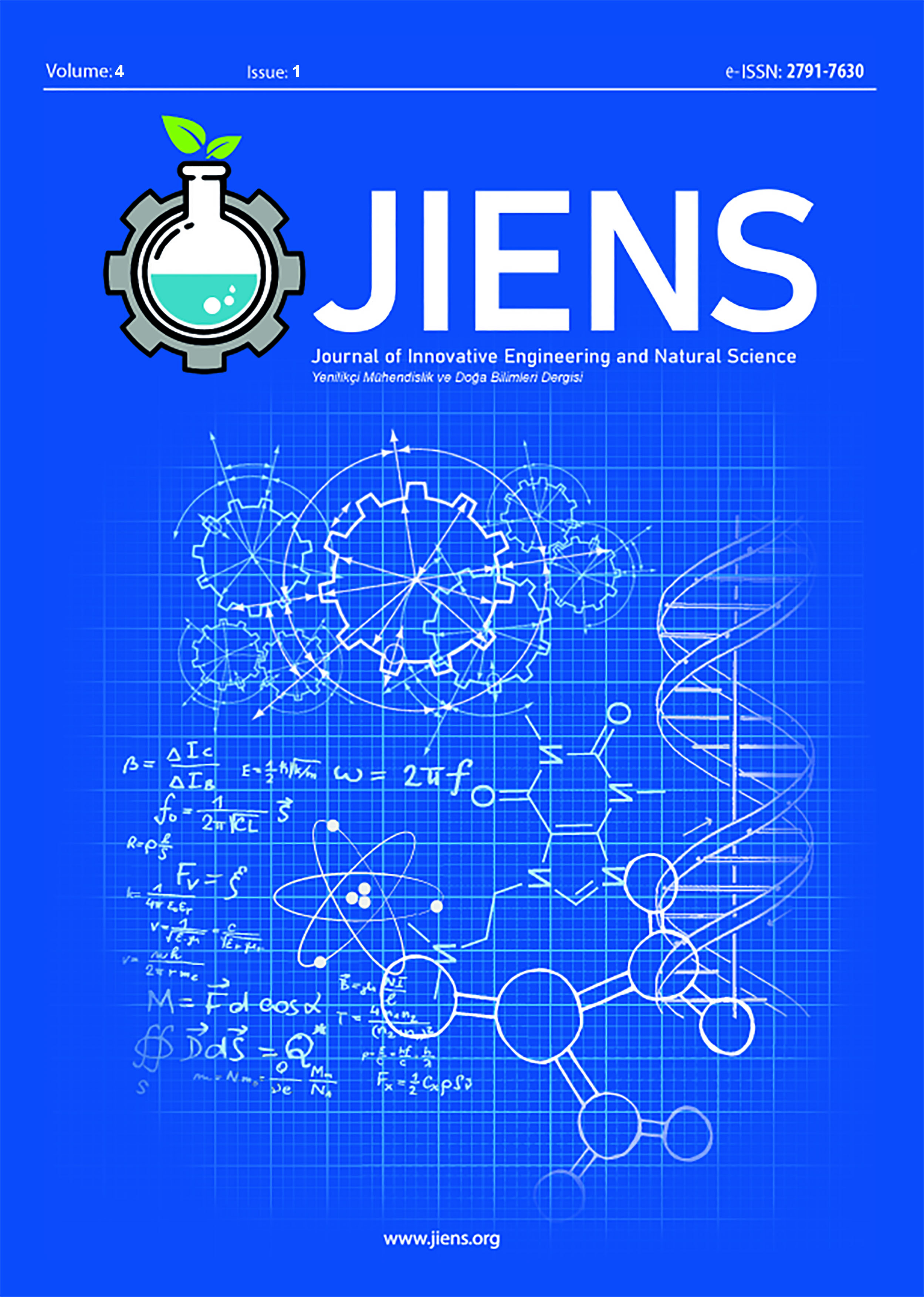Tarımsal mekanizasyonda kullanılan 30MnB5 bor çeliğinin kaynak sonrası soğutma rejiminin mekanik ve mikroyapı özelliklerine etkisi
Author :
Abstract
30MnB5 çeliği tarımsal mekanizasyon endüstrisinde sertlik, mukavemet, darbe ve aşınma direnci istenen uygulamalarda kullanılabilen bir çelik türüdür. Günümüz endüstrisinde ekonomik faktörlerin giderek önem kazanması tarımsal mekanizasyonda daha uzun ömürlü tarım makinelerinin üretilmesini gerektirmektedir. Bu nedenle tarımsal mekanizasyonda kullanılan söz konusu çeliğin kullanımı ve kaynaklı birleştirilmesi önem arz etmektedir. Bu çalışmada, 30MnB5 çelikleri MAG kaynak yöntemiyle birleştirilmiş ve üç farklı (havada,
suda ve yağda) soğutma rejiminde soğutulmuştur. Soğutma rejimine bağlı olarak kaynaklı 30MnB5 çeliğinin mekanik ve makro/mikroyapı özelliklerindeki değişimi tespit etmek için tahribatsız (görsel muayene, sıvı penetrant testi), tahribatlı (darbe, eğme, sertlik testleri) ve metalografik testler yapılmıştır. Görsel muayene ve sıvı penetrant testi sonucunda kaynak dikişlerinde herhangi bir makro ve mikro hataya rastlanmamıştır. Kaynaklı numunelerde soğutma rejimine bağlı olarak mekanik ve mikroyapı özelliklerindeki değişimler
gözlemlenmiştir.
Keywords
Abstract
30MnB5 steel is a type of steel that can be used in the agricultural mechanization industry, where hardness, strength, impact resistance, and wear resistance are required. The increasing importance of economic factors in today's industry requires the production of longer-lasting agricultural machines for agricultural mechanization. For this reason, it is important to use the steel in question in agricultural mechanization and to combine it with welding. In this study, 30MnB5 steels were combined with the MAG welding method and cooled in three different (air, water, and oil) cooling regimes. Non-destructive (visual inspection, liquid penetrant test), destructive (impact, bending, and hardness tests), and metallographic tests were performed to determine the change in the mechanical and macro/microstructure properties of the welded 30MnB5 steel depending on the cooling regime. As a result of the visual inspection and liquid penetrant test, no macro or micro defects were found in the weld seams. Changes in mechanical and microstructural properties were observed in welded samples depending on the cooling regime.
